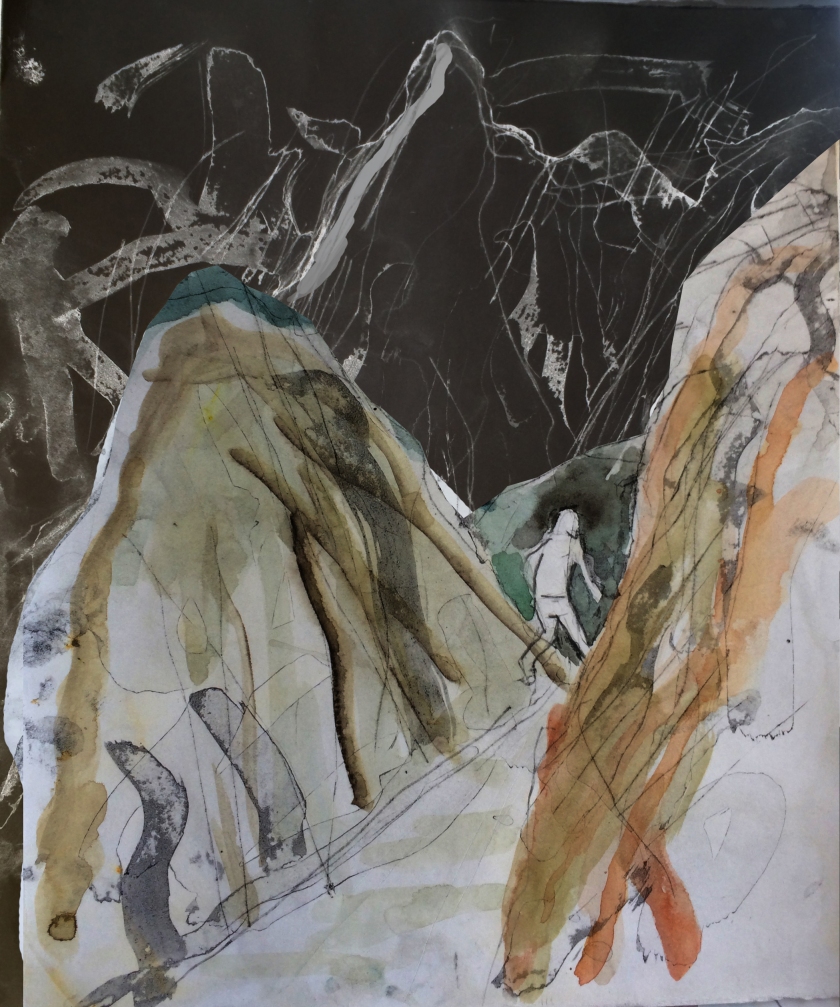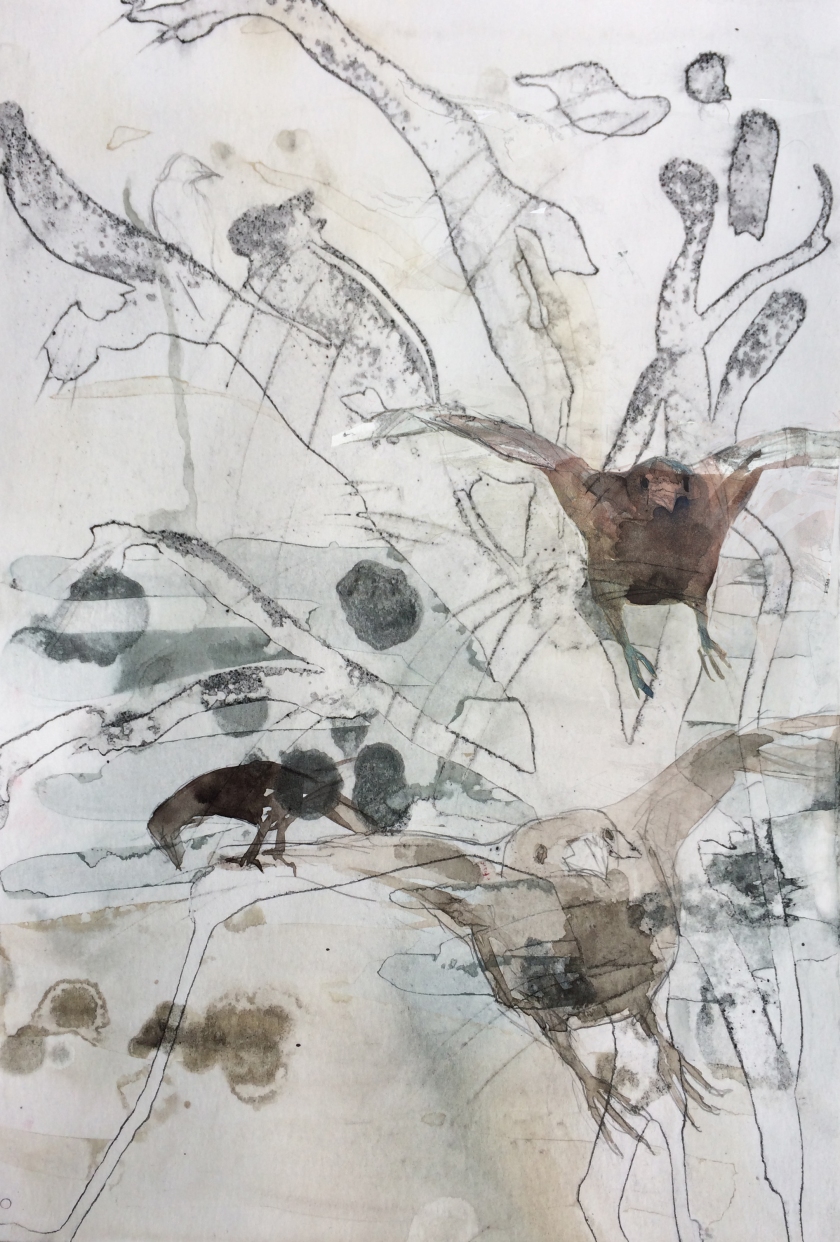https://cphdox.dk/mere-end-film/cphconference/
CPH: DOX (documentary film festival) introduced this year a week conference with a wide range of speakers from the industry, art scene, science, etc.
I attended one day of the conference under the headline Art, Technology & Change.
Computer Says NO
Speaker: Matthew Stender, Tech Ethicist, Germany
Artificial intelligence (AI) now drives decision making processes for human resource departments, police forces, and financial institutions. As technology advances, increased transparency and oversight is needed to evaluate and audit AI systems and their outcomes. In the pursuit of an algorithmic governance framework that is free of bias, should we look to the future or the past?
Matthew talked about the ethical challenge in the light of artificial intelligence.
By 2029 computer will have a human level of intelligence. It raises frightening and fascinating future’s prospects what will be the governance role and responsibility?
He mentioned Jerry Kaplan, who I just googled and found this quote:
We need to develop engineering discipline of computable ethics, and we need to have course sequences at our engineering schools that teach how to get machines to behave appropriately in a wide variety of new circumstances.
http://jerrykaplan.com/speaking/
Matthew also mentioned Kate Crawford for talking about the hidden biases in big data. Need further investigation.
http://www.katecrawford.net/
Inside Syria’s Secret Prison
Speaker: Christina Varvia, Researcher & Project Coordinator, Forensic Architecture, UK
Stories emerged in January that 13.000 have secretly been hanged in Syria’s notorious prison, Saydnaya, a journalistic no-go-zone. Now ex-detainees have collaborated with Amnesty International and Forensic Architecture, a multidisciplinary team consisting of architects, scientists, artists, and journalists, to build an accurate model of the prison based on 3D architectural modeling and ear-testimony to cast light in Syria’s hellish torture prison.
This project affected me a lot; the cruel subject of the story and the way of working with memories. Christina explained how the former prisoners remembered scale and construction by using their body as a measuring device and their experience of acoustics. Those horrifying memories and a single satellite photo made them able to modeling the prison and populate it with shadow like prisoners.
The unreal location and characters were carrying not only a story for people like me, but it also helped the former prisoners to find a way through the trauma while building the place in cooperation with the project team.
Journalism in the 21st-Century
Speaker: Francesca Panetta, Executive Editor, Virtual Reality, Guardian, UK
What once was a newspaper now exists on paper, online, on mobile, and on a device strapped to your head. What is a newspaper now? How important is keeping up with technology to their future? And how does journalism change across different platforms? Including a projected preview VR walk-through of a brand-new film.
Speaker: Ram Devineni, Producer/Director, Rattapallax, USA / India
Ram Devinini will demonstrate how the low-tech art of comic books and street art, with high-tech interactivity of Augmented Reality, has been used to confront the sensitive issue of gender-based violence in India, with a live demo of the AR experience that can also be seen in the exhibition at Charlottenborg.
Can Artificial Intelligence Be Creative?
Speaker: John R Smith, IBM Fellow and Manager of Multimedia and Vision at IBM T. J. Watson Research Center, USA
IBM’s Research & Development team created the trailer for the thriller Morgan by analyzing more than 100 horror film trailers. It shows how AI might be used in the creative industries and explores whether creativity can be analyzed and recreated methodically.
















